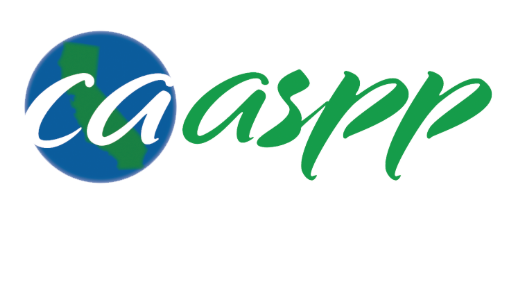New California Assessment of Student Performance and Progress replaces STAR test and promotes Common Core

On April 21, 22, 23 and 24, a fraction of the CHS junior class is taking the California Assessment of Student Performance and Progress (CAASPP) in place of the Standardized Testing and Reporting (STAR) test. The CAASPP has been implemented into every California school and aims to ensure that all students are college and career ready. The test focuses on math and English; each section requires the student to analyze writing samples, evaluate claims and counter claims and solve various math problems. However, the majority of the junior class opted out of the test.
“The key is that the test aligns with the Common Core Standards,” said Assistant Principal and Director of Activities and Discipline, Steve Scifres. “When you take the test you will have a lot of reading and you will learn a few things, which is unique from any other test that the state has ever used before.”
Literacy is incorporated into each portion, including the math sections, a Common Core standard. While taking the CAASPP, a student is able to evaluate his or her rationale and mathematical thinking. In the English section, the CAASPP gives students the ability to read informative text rather than fiction and teaches students how to articulate their thoughts into writing.
“The CAASPP requires students to engage in learning at a much higher level than the tests we have given students in the past,” said Principal CJ Foss.
Scifres believes the CAASPP demands much more thinking and analyzing than the STAR test. According to him, the material incorporated into the CAASPP is exceedingly applicable to the real world, thus preparing each student for professional life experiences that follow high school. Unlike the STAR test, the CAASPP is computer adaptive, meaning that the test changes based on a student’s answers. Depending on a student’s response to a question, the computer will generate the next question.
“The scores will inform our instruction for next year,” said Foss. “The instructional implications include an increase in in-depth reading, writing and research in all classes, collaboration during class and strategic use of technology.”
The CAASPP results will provide teachers with the knowledge of which specific areas their students are thriving in and around which content their lesson plans should revolve. They will also inform teachers of instruction for next year. Some instructional implications include collaboration during class, strategic use of technology, writing and researching in all classes and an increase of in-depth reading. In addition to providing teachers with instruction and knowledge, the results will be used as a baseline for determining the Academic Performance Index (API) of CHS. The API measures the academic performance and development of schools in California. Scifres believes that if a student reaches the disparate targets for the various math and English sections he or she is ready to enter the real world.
This test may replace the California High School Exit Examination, which is required for graduation. The CAASPP will only be required for junior classes and will not be required for seniors or underclassmen. The creators of the test are now in the process of making an exam that resembles the CAASPP but will include other subjects such as science and social studies. As of now, the test results will not go on a student’s transcript and will not be available for colleges to view. Although this is the first time CHS students have taken the CAASPP, Foss and Scifres are confident that the test will be around for a while and will replace the STAR test permanently.
Your donation will support the student journalists of Calabasas High School. Your contribution will allow us to purchase equipment and cover our annual website hosting costs.






